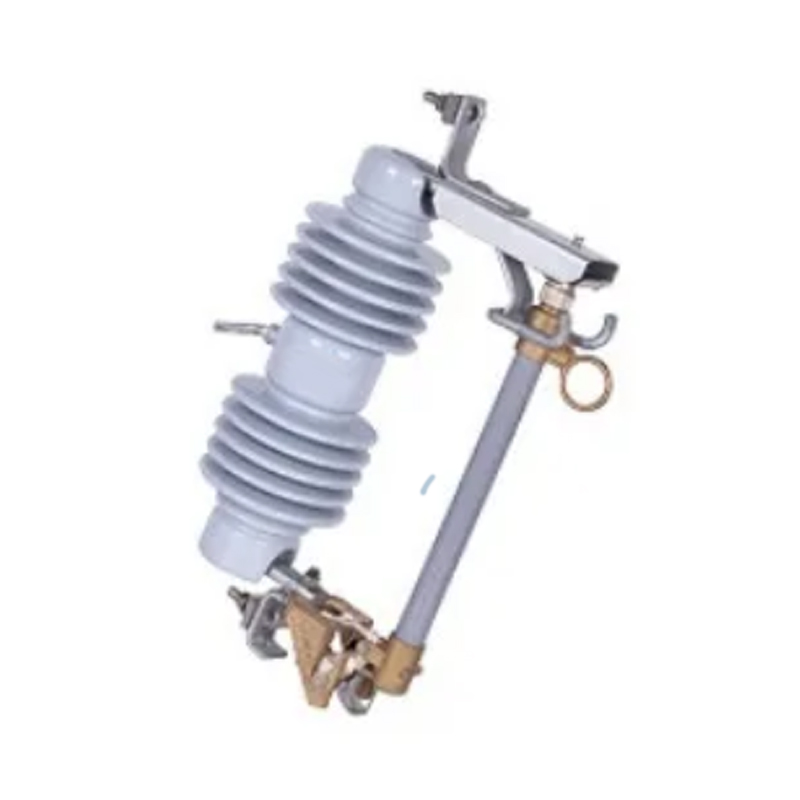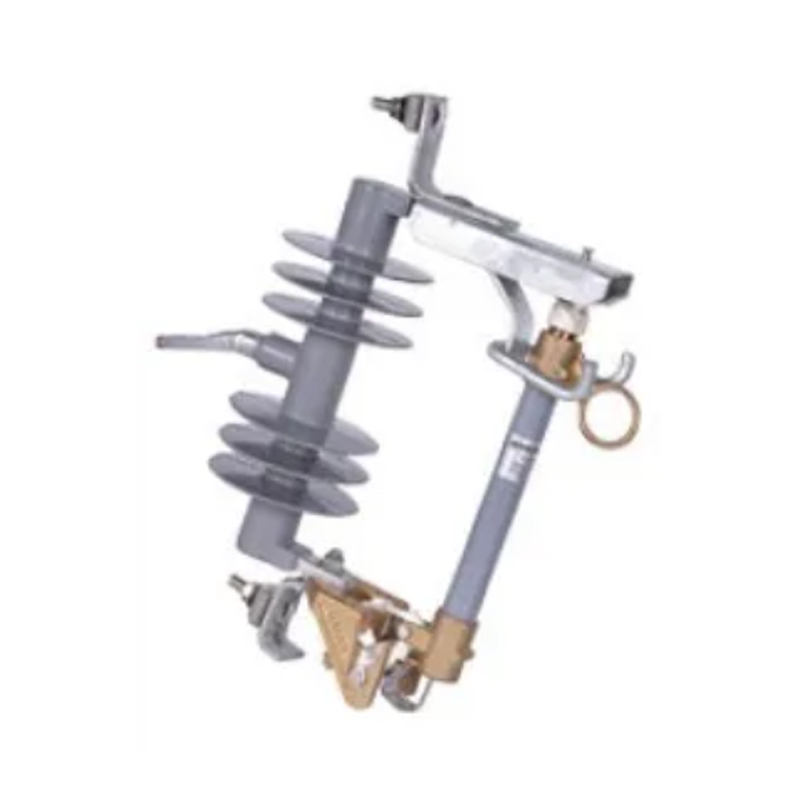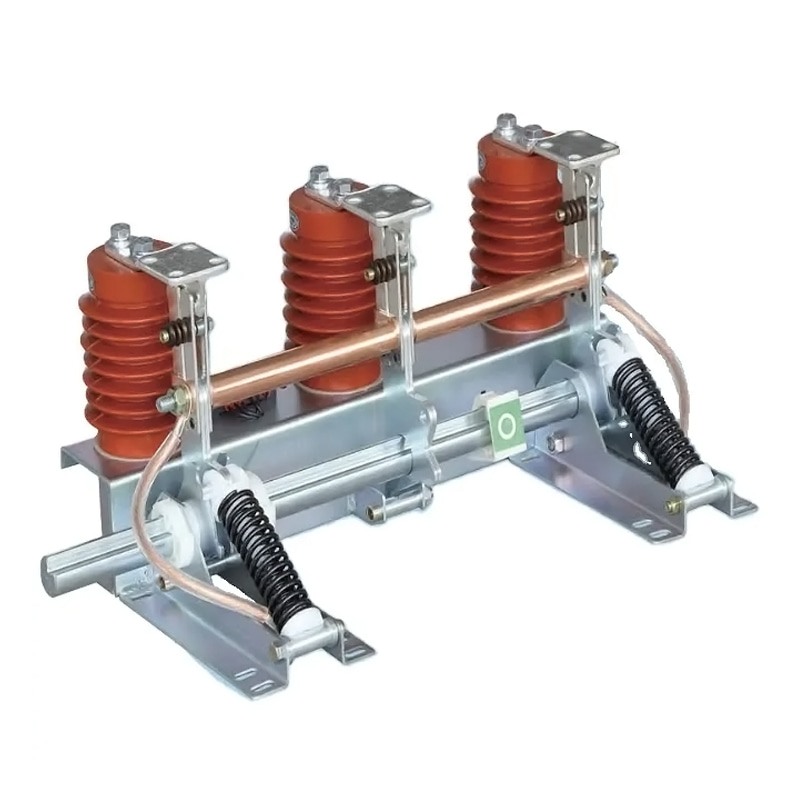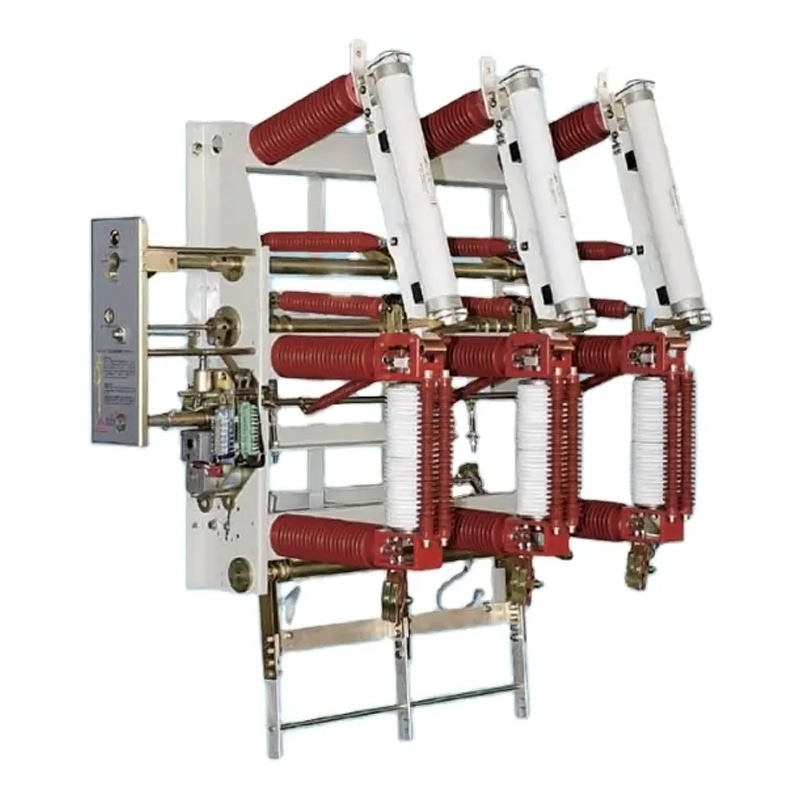Distribution Board Cabinets Wholesaler Company in China
Distribution board cabinets are critical components within the infrastructure of electrical systems, serving as the backbone for power distribution and control. These cabinets are designed to organize, protect, and manage the flow of electricity from the main supply to various sub-systems within a building or facility.
Distribution board cabinets are metal-enclosed switchgear assemblies that house circuit breakers, switches, and other protective devices. They are essential for the safe and efficient distribution of electrical power in commercial, industrial, and residential settings. These cabinets are designed to protect the electrical components from environmental factors such as dust, moisture, and physical damage, while also providing a safe and accessible interface for maintenance and operation.
Circuit Breakers are automatic devices designed to protect electrical circuits from damage caused by overload or short circuits. They interrupt the flow of electricity when a fault is detected, preventing further damage to the system.
Busbars are the conductive paths within the cabinet that distribute power from the main supply to the individual circuit breakers. They are typically made of copper or aluminum and are designed to handle high currents with small resistance.
Distribution boards often include devices for measuring electrical parameters such as voltage, current, and power, as well as protection devices like fuses and residual current devices (RCDs) for added safety.
Manual or automatic switches are used to control the flow of power to different sections of the electrical system. These switches allow for the isolation of circuits for maintenance or in the event of a fault.
The metal enclosure provides physical protection and prevents unauthorized access to the electrical components. It also shields the internal components from environmental factors, ensuring long-term reliability.
The design of distribution board cabinets must take into account several factors to ensure ideal performance and safety:
The cabinet must be designed to handle the expected electrical load, with sufficient capacity to accommodate future expansion if necessary.
Compliance with international safety standards is crucial to ensure that the cabinet is safe for use and meets the requirements for protection against electrical hazards.
A modular design allows for flexibility in configuration, making it easier to adapt the cabinet to different electrical systems and requirements.
The cabinet should be designed for easy access to components for maintenance and inspection, ensuring that any necessary repairs or replacements can be carried out efficiently.
Distribution board cabinets are indispensable in modern electrical systems for several reasons:
They provide a safe means of managing electrical power, reducing the risk of electrical fires and injuries due to faults or overloads.
By centralizing the control of electrical power, distribution boards improve the efficiency of power distribution, reducing energy waste and ensuring that power is delivered where it is needed.
The protection and monitoring features of distribution boards help to prevent system failures, ensuring that electrical systems remain reliable and operational.
They facilitate compliance with electrical codes and standards, which is essential for obtaining permits and ensuring that electrical systems are safe and legal.
In conclusion, distribution board cabinets are a fundamental part of any electrical system, providing a secure and organized means of managing electrical power. Their design and functionality are critical to the safety, efficiency, and reliability of electrical systems in a wide range of applications.



 English
English русский
русский عربى
عربى










